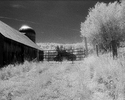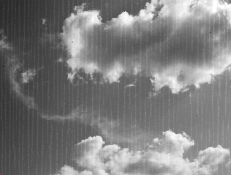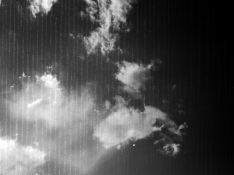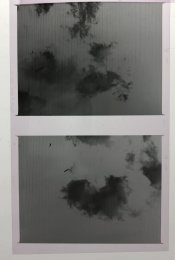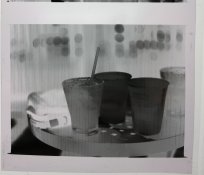noahsmith
Member
Hi everyone,
I just developed some Ilford Pan F+ and noticed black marks on all of my negatives and as you can see, they show up as white after scanning. I used Kodak HC-110 (1:63) to develop so I mixed together 8ml of HC-110 into 492ML of water = 500ml of working solution as this is 120 film.
Does this look like humidity damage? I was in an area that was pretty hot and also humid so I wonder if this is the issue.
Thanks for the help.
I just developed some Ilford Pan F+ and noticed black marks on all of my negatives and as you can see, they show up as white after scanning. I used Kodak HC-110 (1:63) to develop so I mixed together 8ml of HC-110 into 492ML of water = 500ml of working solution as this is 120 film.
Does this look like humidity damage? I was in an area that was pretty hot and also humid so I wonder if this is the issue.
Thanks for the help.


